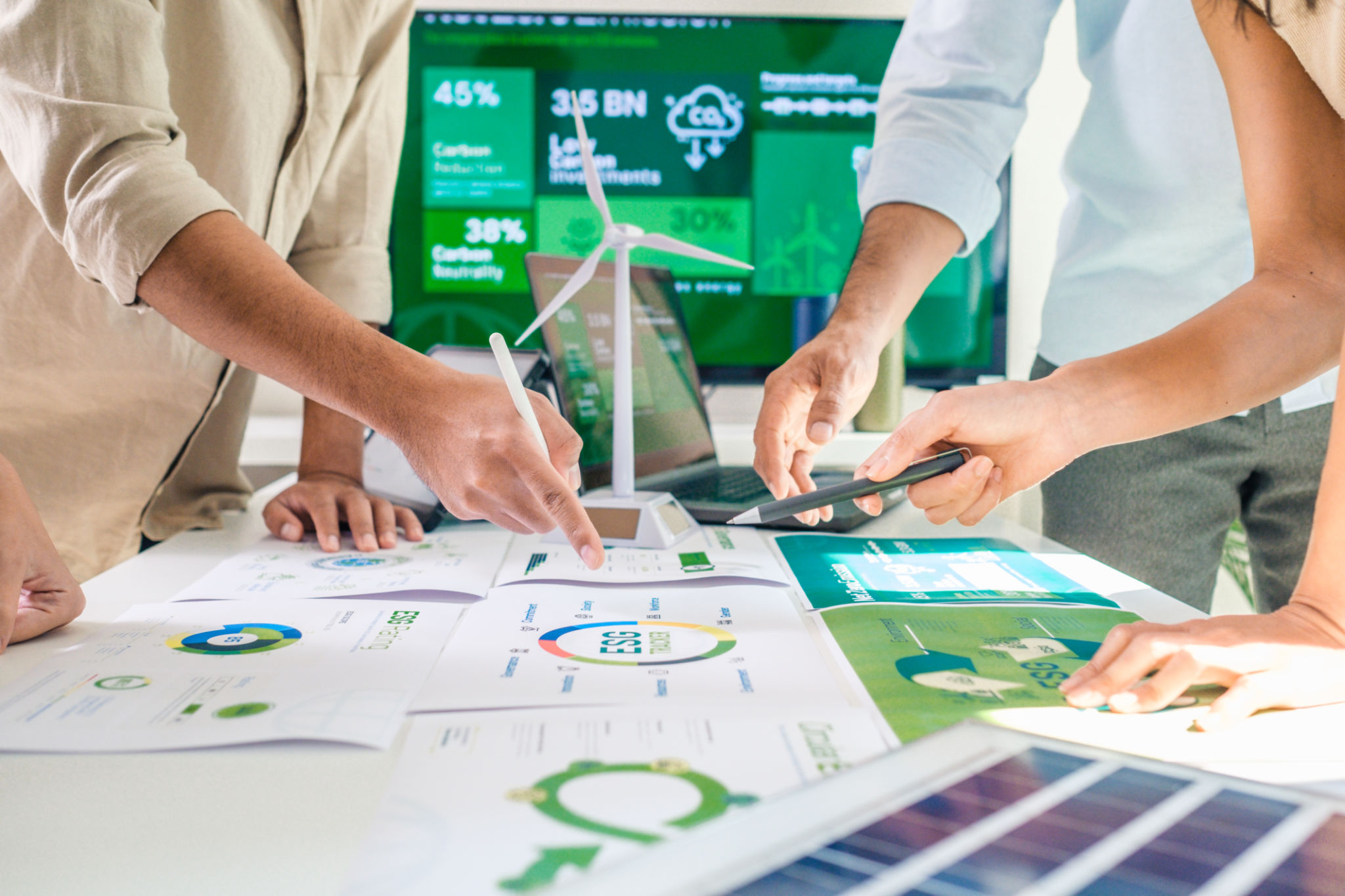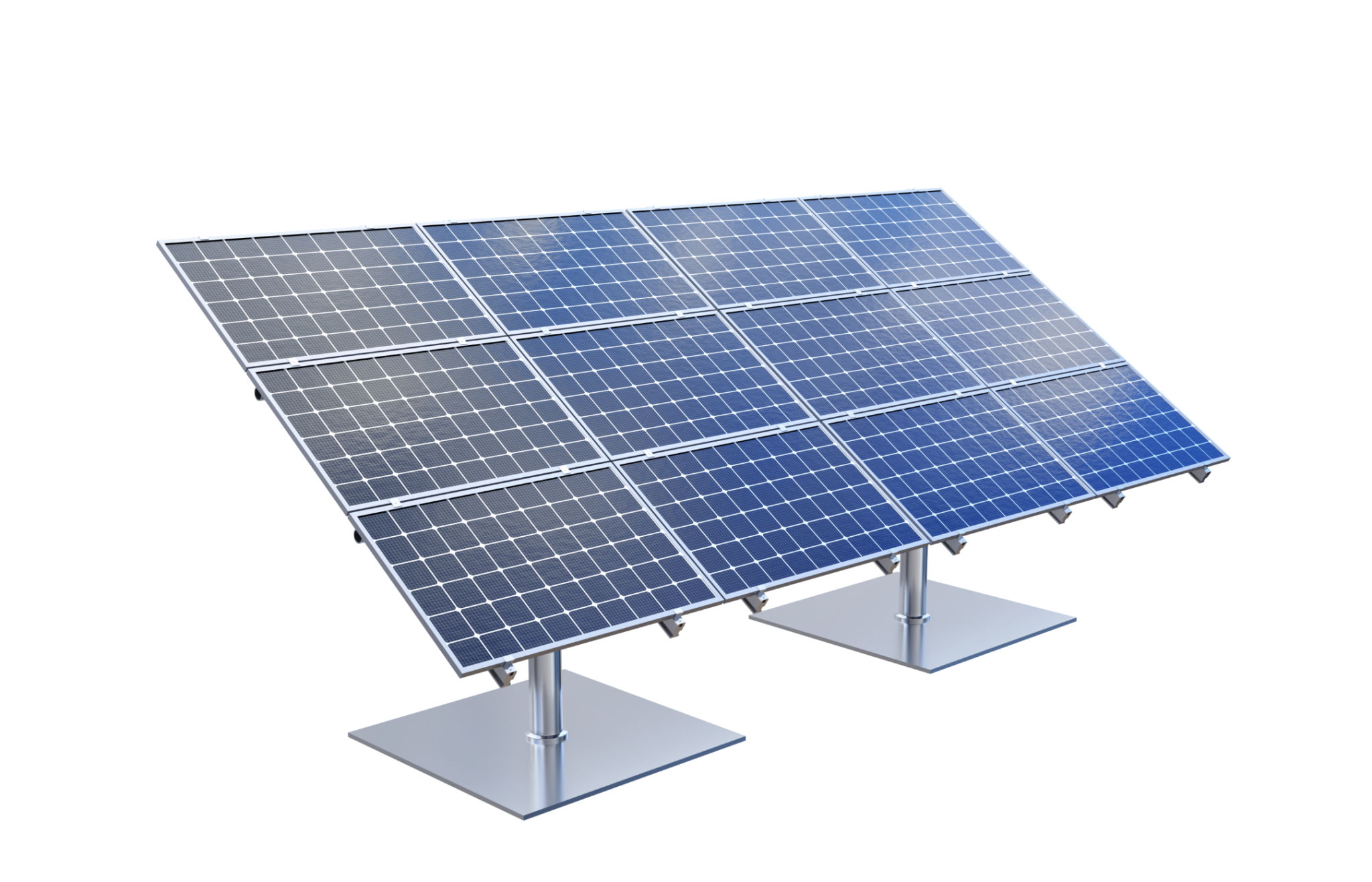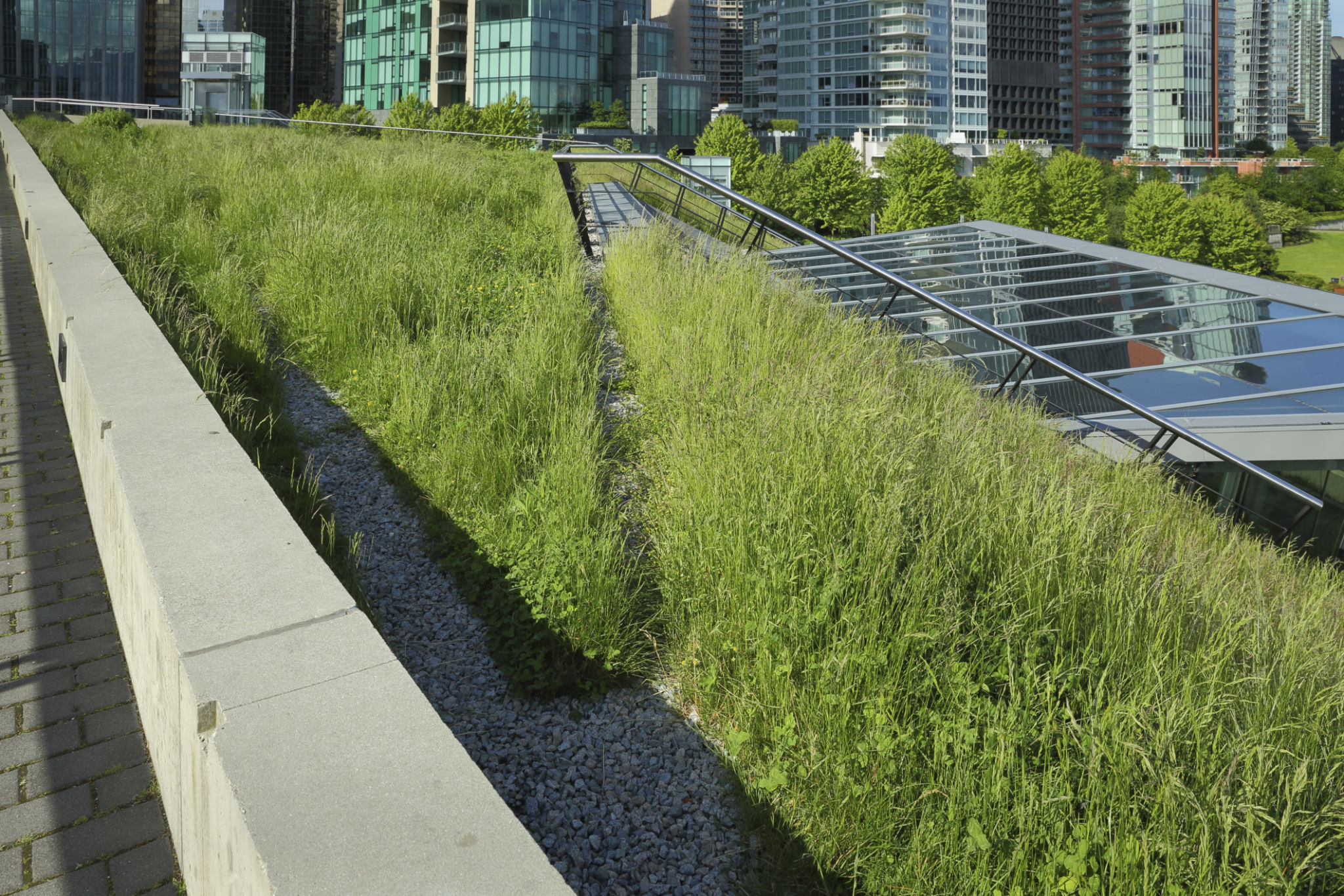Expert Tips for Eco-Friendly Architecture Design in Markham
Understanding Eco-Friendly Architecture
Eco-friendly architecture is more than just a trend; it's a necessary evolution in the design and construction sectors. In Markham, where urbanization is rapidly expanding, integrating sustainable practices into architectural designs is crucial. These practices not only help reduce the carbon footprint but also promote a healthier living environment.
Eco-friendly architecture focuses on utilizing renewable resources, reducing waste, and incorporating energy-efficient systems. The goal is to create buildings that are as sustainable as they are functional, aligning with the growing environmental awareness among residents and businesses.

Incorporating Sustainable Materials
One of the most effective ways to achieve eco-friendly architecture is by using sustainable materials. These materials have a lower environmental impact during production and are often recyclable or biodegradable. In Markham, architects are increasingly opting for materials like reclaimed wood, bamboo, and recycled metal.
Using these materials not only conserves natural resources but also enhances the aesthetic appeal of buildings. Bamboo, for example, is not only sustainable but also versatile, offering both durability and a modern look.
Local Sourcing
Another key aspect of sustainable material use is local sourcing. By choosing locally-sourced materials, architects can significantly reduce the carbon emissions associated with transportation. Moreover, supporting local suppliers contributes to the community's economy.

Energy Efficiency in Design
Energy-efficient design is at the heart of eco-friendly architecture. This involves integrating systems and technologies that minimize energy consumption while maximizing output. In Markham, many new buildings are being equipped with smart technology to optimize energy use.
Key features of energy-efficient designs include solar panels, high-performance insulation, and LED lighting. These elements help reduce reliance on non-renewable energy sources and lower utility bills for residents and businesses alike.
Passive Solar Design
Passive solar design is a technique that takes advantage of a building’s site, climate, and materials to minimize energy use. By strategically placing windows and selecting materials that absorb and release solar heat, architects can reduce the need for artificial heating and cooling.

Water Conservation Techniques
Water conservation is another critical component of eco-friendly architecture. Implementing systems that reduce water usage can have a significant impact on the environment. In Markham, many buildings incorporate rainwater harvesting systems and low-flow fixtures.
Rainwater harvesting allows buildings to collect and store rainwater for non-potable uses such as irrigation and toilet flushing. Low-flow fixtures, including faucets and showerheads, drastically reduce water consumption without compromising on performance.
Green Roofs
Green roofs are an innovative solution for water conservation and energy efficiency. They involve planting vegetation on rooftops, which helps absorb rainwater, provide insulation, and reduce the urban heat island effect. Green roofs also improve air quality and offer a habitat for wildlife within urban areas.
